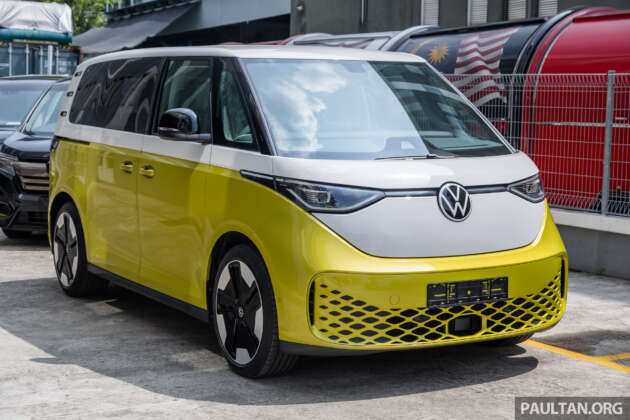Prices of fully imported (CBU) vehicles sold in Malaysia can be expected to increase as the Malaysian government is using a new method of calculating taxes imposed on each imported vehicle, the Malaysian Automotive Association has stated during its 1H 2025 performance press conference today.
The price hikes have in fact been in effect from the beginning of the year, as the government has done away with the docket pricing method of calculating taxes that are to be applied to each imported vehicle.
“Since January this year, the government has decided to cancel all the docket prices. Earlier, the price structure for new cars was based on [docket pricing], where the application will be fixed for that particular model until that model is changed. All the taxes – the import duty, excise duty and sales tax will be paid based on warta kerajaan, or gazetted pricing,” said MAA vice president Syed Ahmad Muzri Syed Faiz.
Therefore from January, all docket pricing has been cancelled in line with the World Trade Organisation (WTO) agreement, and thus the tax for each imported car is calculated on a per-unit basis, said Syed Muzri. Car companies selling fully imported (CBU) cars are affected the most, especially those dealing in lower-volume models, as customs clearance and taxes paid is now based on each individual unit, he added.
“This is for the calculation of import duty, excise duty and sales tax compounded. The formula is fixed, it is just that the gazetted pricing has been abolished and replaced with transacted value,” Syed Muzri continued.
In terms of the percentage figure for the price increases observed, the number depends on a range of factors, such as vehicle model, and the currency exchange factor as different companies purchase their vehicles using different currencies, depending on the brand, he added.
“So when you apply [gazetted pricing], it was that price that was fixed as gazetted forever, until [the model is replaced]. However for transacted value, the current exchange rate, even between January and July, is a different exchange rate. So, that is one impact,” he continued.
Based on the vehicle’s FOB price when it arrives in Malaysia, that is compounded with import duty at 30%, excise duty ranging from 60% to 105% depending on its powertrain, and sales tax of 10%, Syed Muzri said. “So, that gap is variable, depending on multiple factors,” he said.
However, how is it that the increases only affect new cars, rather than also affecting grey import cars, paultan.org asks?
“I think it is impacting everybody, but the scale of the impact could be different. Parallel imports [channels] for example, bring in used cars of different value, because [for example] it could be a 13-month-old car. If you look at the AP policy here in Malaysia, the cars can be 13 months to 60 months [of age], whereas new cars are [brand new], so there is always a gap,” Syed Muzri responded.
So, if you’ve wondered why a new Porsche 911 now starts from RM1.43 million in 2025, this probably has something to do with it.
Looking to sell your car? Sell it with Carro.




